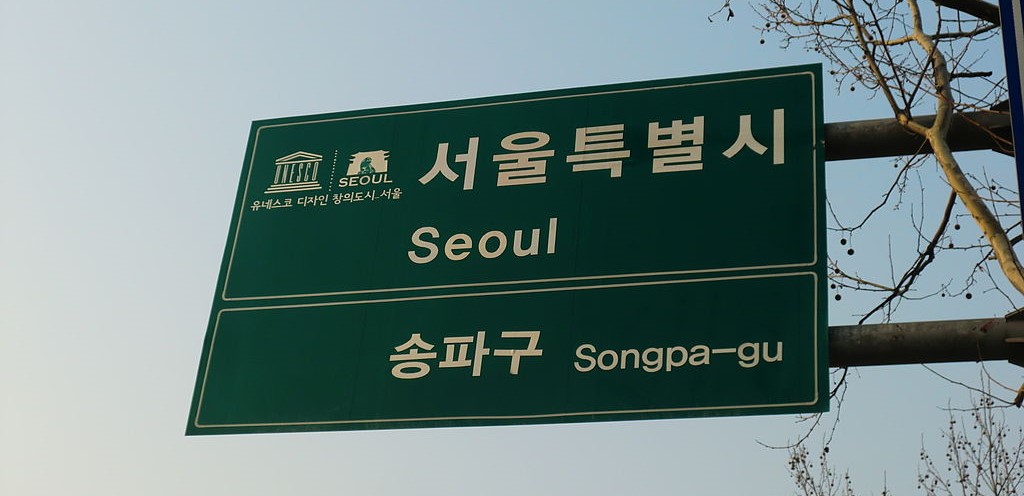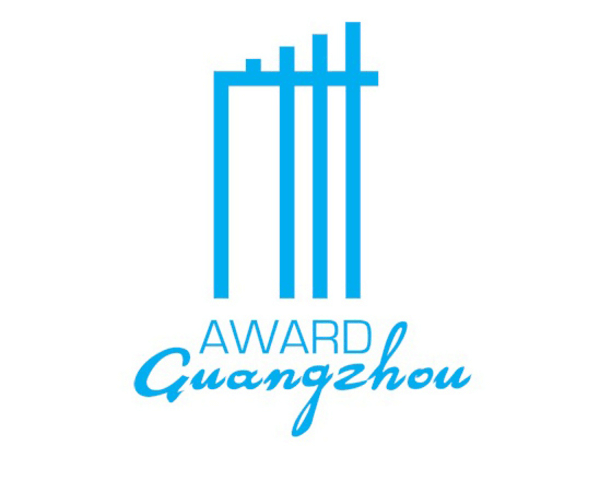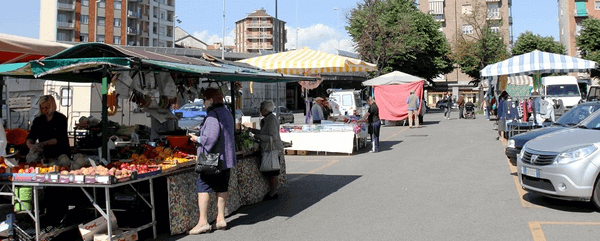In February 2009, Songpa District announced a partnership with the NGO, Energy&Peace, to operate the first solar power plant. By establishing ‘the ordinance on climate change response’, Songpa was the first district of Seoul to carry out a policy that would lead a district wide conversion to a renewable energy system. The viability of the project was assessed and agreed upon by the local-residents’ association, Songpa’s Green Governance.
In 2010, the construction of the second Songpa Solar Nanum Power Plant (2010 ~ 2029) was confirmed. The operational profits from the plant are used to improve energy efficiency through the replacement of old electrical appliances with new products and provide new energy-efficient refrigerators and washing machines to low-income house-holds.
Costs for setting up the third Songpa Solar Nanum Power Plant (2012~2032) were shared by Songpa District, a private company and local-residents. With the construction of this plant, Songpa District implemented an initiative to pay for energy costs for electricity and gas defaulters.
In 2013, the fourth solar power plant (2013~2033) was established through an agreement between Songpa District, Energy&Peace and an environmental group. Simultaneously, a new initiative to improve insulation and replace gas pipes and timers in old houses commenced. Furthermore, as part of the financial donations to developing countries. a solar wind integrated generator (4kW in total) was installed in the desert in Mongolia.
In 2014, a program subsidized by the National Basic Livelihood Scheme, replaced 3,000 light bulbs with LED bulbs in 3,300 households. There are plans to further expand this program so that more low-income households can enjoy energy-saving benefits.
The project is a partnership between local government, residents, private companies and environmental groups. The NGO Energy&Peace and a private company are responsible for installing, operating and managing the four plants. They report monthly to Songpa District on the electricity output, the reduction of CO² emissions and profits made at each plant. Based on a long-term supply agreement, the electricity generated from the power plants is purchased by the Korea Power Exchange company. For each plant, the sale price of electricity is guaranteed by the government for a designated period of time. Accordingly, the price of electricity generated from the first plant is guaranteed for 15 years and the price from the second plant is guaranteed for 20 years. After 20 years, Songpa District will be treated as a common producer of solar energy.
The funds from profits were distributed to low-income households through a social welfare funding system until the first half of 2010. The distribution program is managed by Songpa District. Social workers conduct research among residents with eligible households selected as beneficiaries. While new households are chosen each year in order to increase the overall number of beneficiaries; households requiring ongoing support continue to receive financial assistance.



